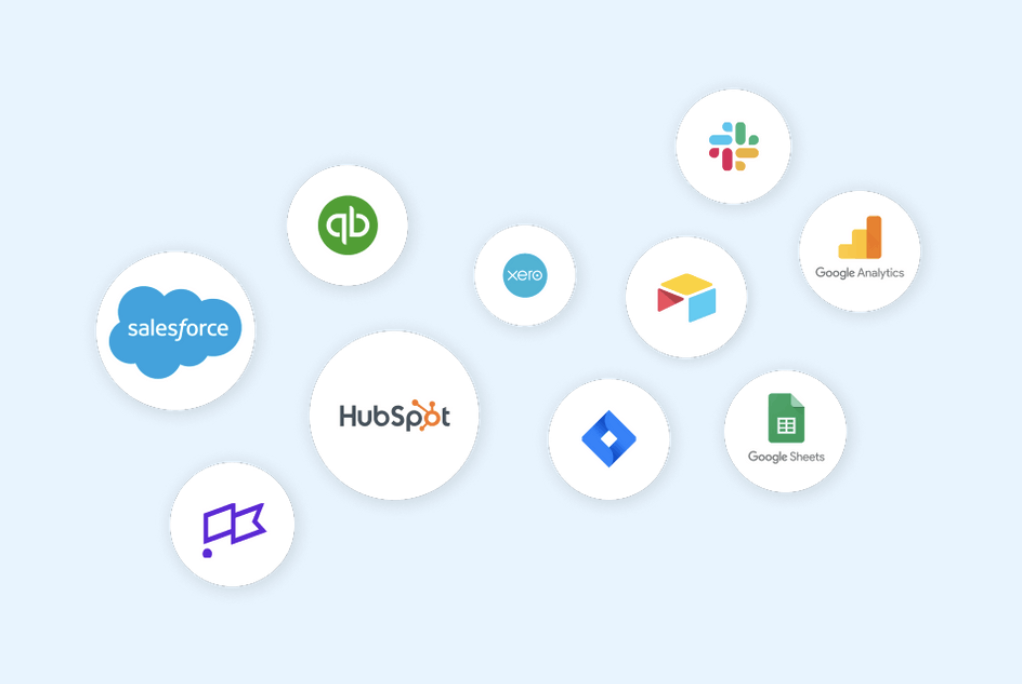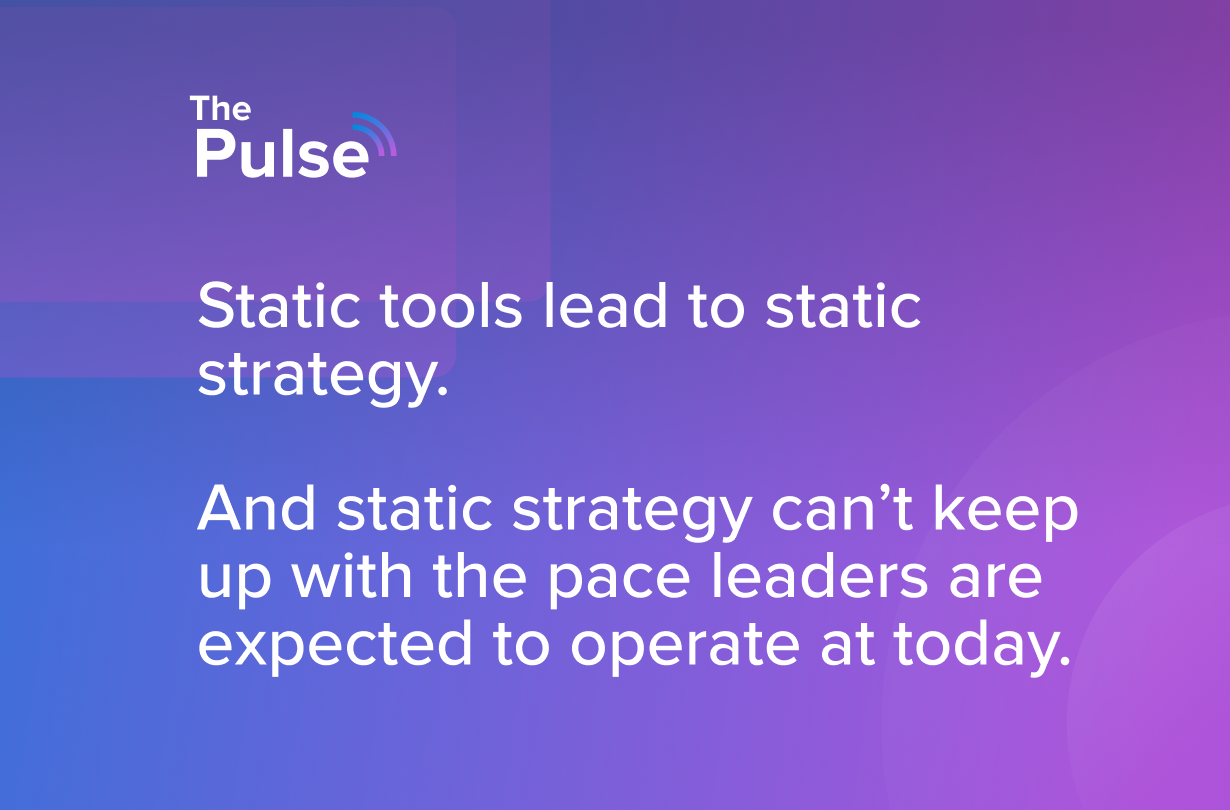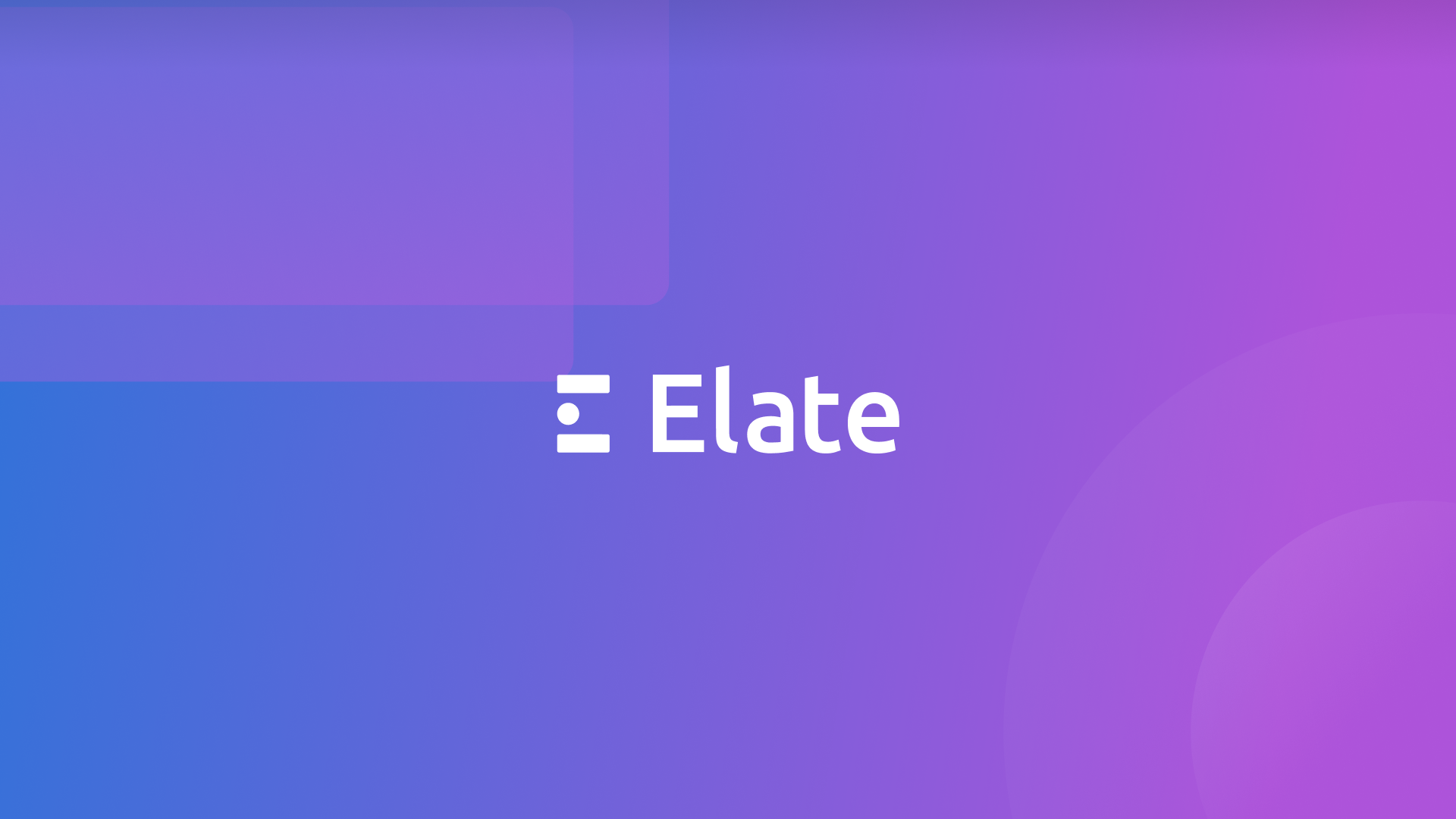
Tracking OKRs for any company can be a challenge. While the OKR framework has been proven to be incredibly helpful for some of the fastest growing companies in the world, many companies struggle to successfully implement the framework.
Some of the most common reasons why companies struggle to implement OKRs can be tied back to either the pace in which the company is growing or because of a lack of adoption across employees. Often, we've found that the two reasons can even be tied together.
It's natural to assume that any growth stage company growing 100%+ year-over-year may struggle to implement an operating cadence or framework that can grow with the company. However, time and time again we find that the best strategy and ops leaders accept that the cadence and framework they implemented six months ago may not be the right fit for the company today. Just like the company itself, your operating framework should evolve with growth.
The same can be said for how you track OKRs, which we’ve outlined as a crucial part of successfully implementing any framework.
One of the most critical components of any operating framework are the updates and insights you can capture through your goal-setting framework. For companies that use OKRs, this comes in the form of how employees track and update their OKRs.
There are a number of OKR tracking tools that exist for companies today. So we wanted to spend some time highlighting some of the key areas you should be focused on when rolling out a solution to help your team track OKRs at a high growth company.
Focus on the Why
Now, you might be thinking, 'I already know why it's important to track OKRs. I came here to read about how to track them!' Well, do your employees know why it's important to track them?
Far too often the biggest hurdle to rolling out OKRs and successfully tracking them is that employees don't adopt the OKR tracking software company's put in place. They might provide a pre-built personal OKR template with company OKR examples for employees to use, but they never spent the time at the onset to explain why this was so important to the business.
It's important to first start by ensuring employees have a strong grasp on the OKR methodology and why your company believes it is the best framework to set your company up for long term success.
Additionally, any OKR framework should be tailored to your company. From Google and Intel to early stage companies, the companies that successfully implement a goal-setting framework tailor it towards their business and communicate what makes the framework unique to the entire company.

At Elate, we regularly provide tailored training webinars for employees to help share the value of OKRs. Further, we regularly customize these trainings to be specific for the company and how they have tailored OKRs to fit within their business structure.
Don't start with the assumption employees understand why you are putting an OKR framework in place. Start with giving context to the 'why', so you are setting your company up to successfully track OKRs across your company.
Remove Friction
Once employees understand the value of OKRs and why your company has adopted the goal-setting framework, you can focus on removing any barrier to tracking OKRs.
Even with the best of intentions, employees can sometimes get overwhelmed by another tool they have to use. So meet them where they are.
With a platform like Elate, you can connect to platforms like Slack to allow employees to easily update progress on Objectives or even view Objectives that are linked together. These integrations help drive visibility and remove the communication barriers that often plague companies.
Additionally, you should also be looking for a solution that allows you to add integrations to commonly used internal software, such as Salesforce, Quickbooks, Hubspot, Jira, and others. By connecting to these data sources, you can automate updates to the Key Results that define success for your team's OKRs. The ability to automate these metrics and KPIs can help drive adoption, engagement, and even reporting on Objectives that span multiple teams. On average, we find that leadership teams save on average three hours per week when using a solution like Elate to update metrics and unify insights for reporting on OKRs.

This can empower your leadership team to have real-time visibility into an OKR dashboard that serves as a way to focus your efforts and attention on what matters in your business.
Surface Subjective and Objective Insights
For strategy and ops leaders that spend hours every week chasing down updates on OKRs, it's easy to get lost in the vicious cycle of simply reporting on OKR tracking. What started out as a goal-setting framework to surface opportunities, remove barriers, and drive growth across the company can slowly shift to a company OKR template progress report that doesn't deliver substantive value.
That's why it's so important to provide employees an opportunity to provide objective data by automating key results and updates, while also providing a space for subjective updates.
The best strategy and ops leaders are constantly meeting with different areas and team members across their business. They are looking for trends, piecing together disparate data, and looking for opportunities. So tracking OKRs should focus on answering how any update is relevant for the business.
At Elate, we've seen companies create annual or quarterly themes that have Objectives across different departments tied together towards achieving a common goal. For each objective, they ask employees to provide subjective and objective updates that can be surfaced into reports that allow for easy, intuitive analysis.

For strategy and ops leaders, receiving this level of information on trends and change across every department can be critical in how you start to identify what's really going on behind the scenes.
Additionally, the added level of context helps employees feel as though the update you are asking them for each week has value. If they see the information they provide being acted upon, they are much more likely to provide updates in a meaningful way.
OKR Tracking Software for Today's Leaders
It's common for our team at Elate to hear stories about how strategy and ops leaders at high growth companies have been burned by the OKR format. It's easy to point to lack of adoption or lack of value as a reason to shy away from using the goal setting framework at a high growth company.
However, whether it's OKRs, EOS, 4DX, or any other operating framework, the best strategy and ops leaders today realize these structures can be a competitive advantage when it comes to growth.
At Elate, we focus on building a solution with you that is tailored towards your business and your employees. From custom training sessions to pre-built integrations for easy updates and real-time insights, Elate is the leading Strategic Planning software built to help high growth companies communicate their vision, create alignment, and track performance all in one place.
If you're interested in learning more about how we are working with other leading strategy and operations leaders, reach out to our team for a demo today!


